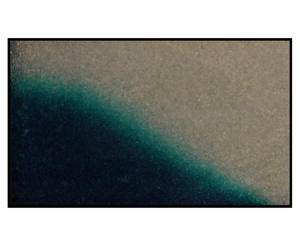Published online by Cambridge University Press: 02 December 2021

We evaluate theoretically and confirm experimentally the shape of the fluid envelope resulting from the input of relatively heavy fluid at a constant rate from a point source at the base of a homogeneous porous medium. In three dimensions an initially expanding hemisphere transitions into a gravity current flowing over the assumed rigid, horizontal and impermeable bottom of the porous medium. A range of increasing transition times occurs if defined by extrapolation of the relationships in the two extreme regimes (hemispherical shape and thin-layer gravity current) so that they intersect, for: the ratio of buoyancy to fluid resistance; the horizontal extent of the fluid; the ratio of height at the centre to the radius; and just the height at the centre. Corresponding results are derived for two-dimensional geometries. In this case, we conduct a series of laboratory experiments demonstrating the transition between the radial and gravity current regimes both in terms of form and propagation rate. The results are extrapolated briefly to two-layer systems, in order to begin to understand effects due to vertically heterogeneous pore structures. We sketch, and verify by experiment, that an expanding hemisphere in a lower layer can reach a much more permeable upper layer and flow through it as a gravity current, thereby uniting the two regimes.